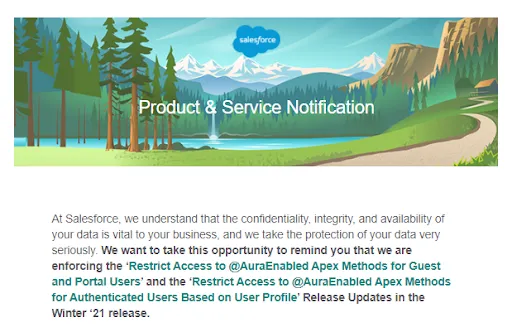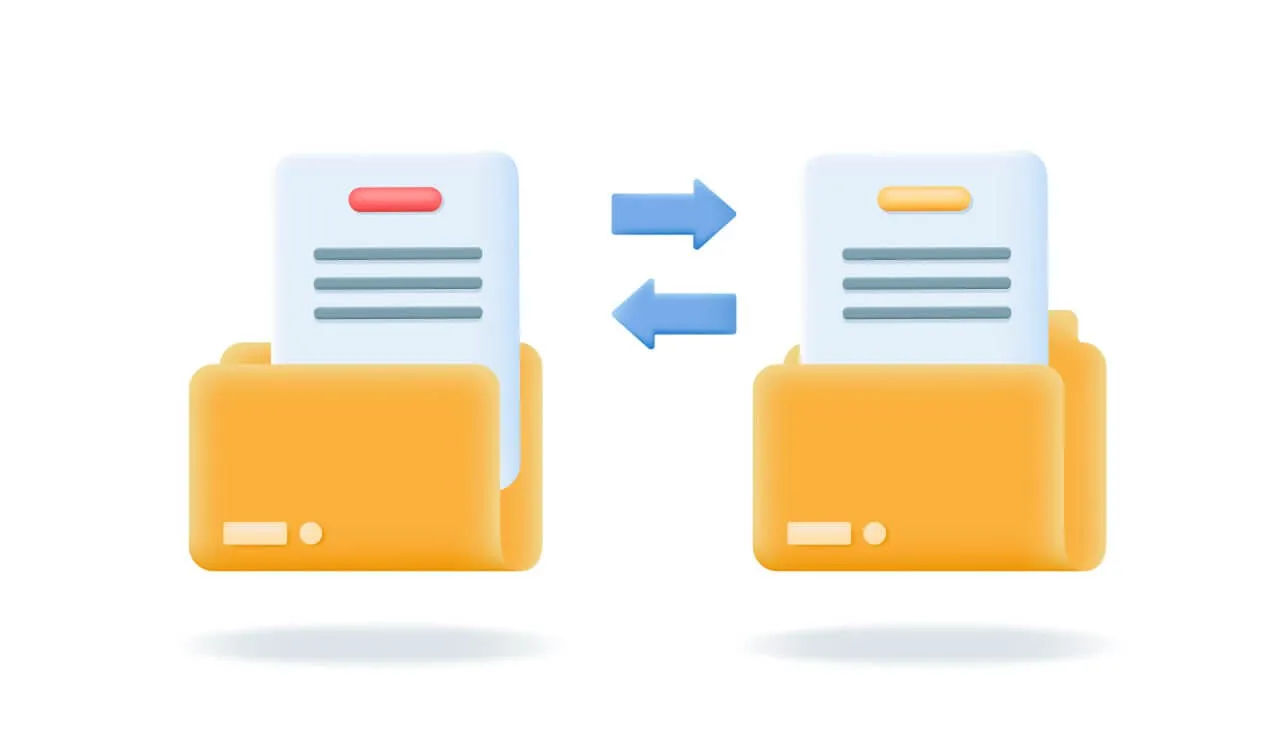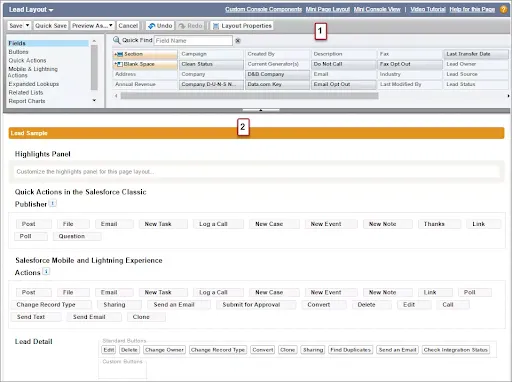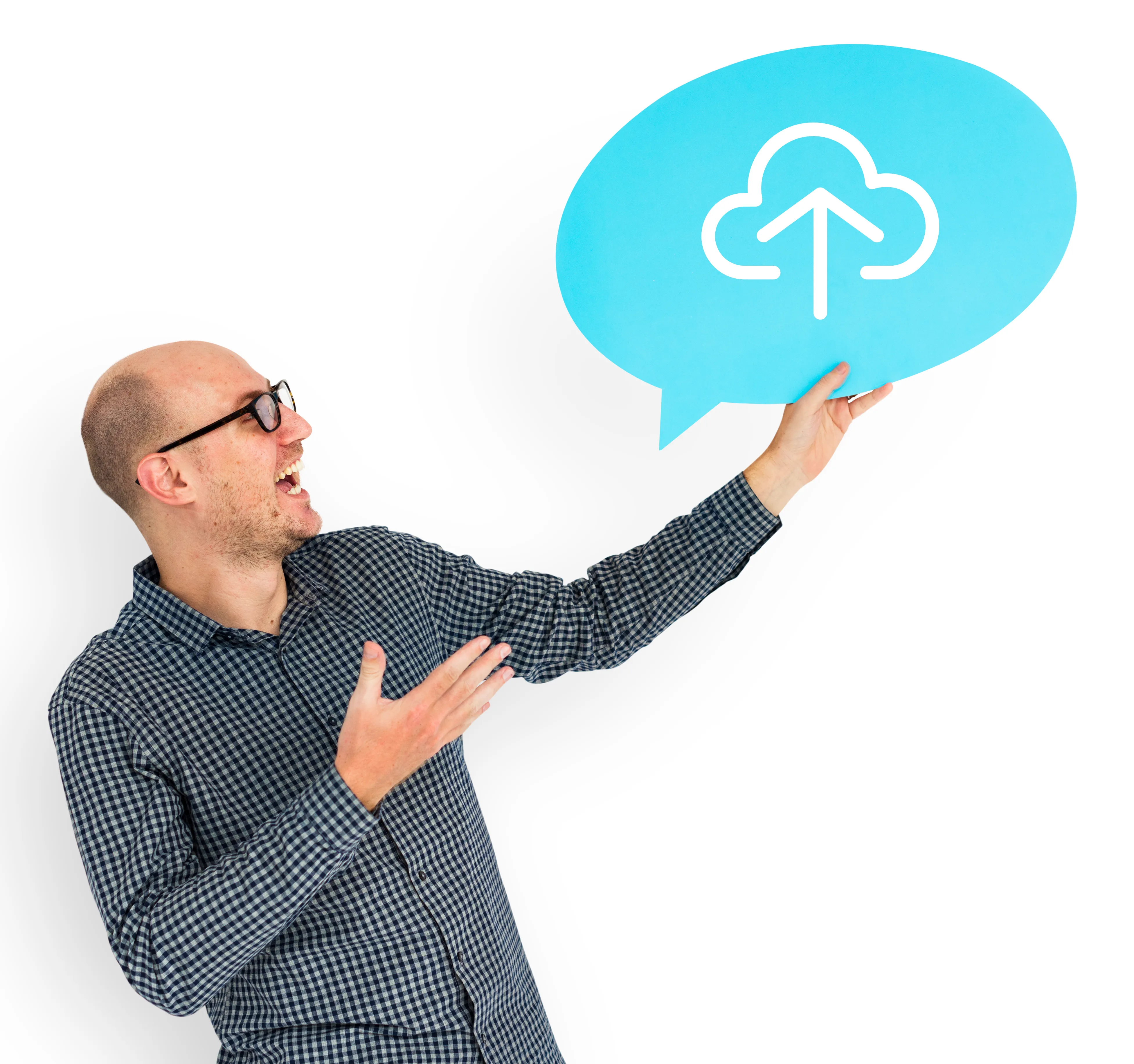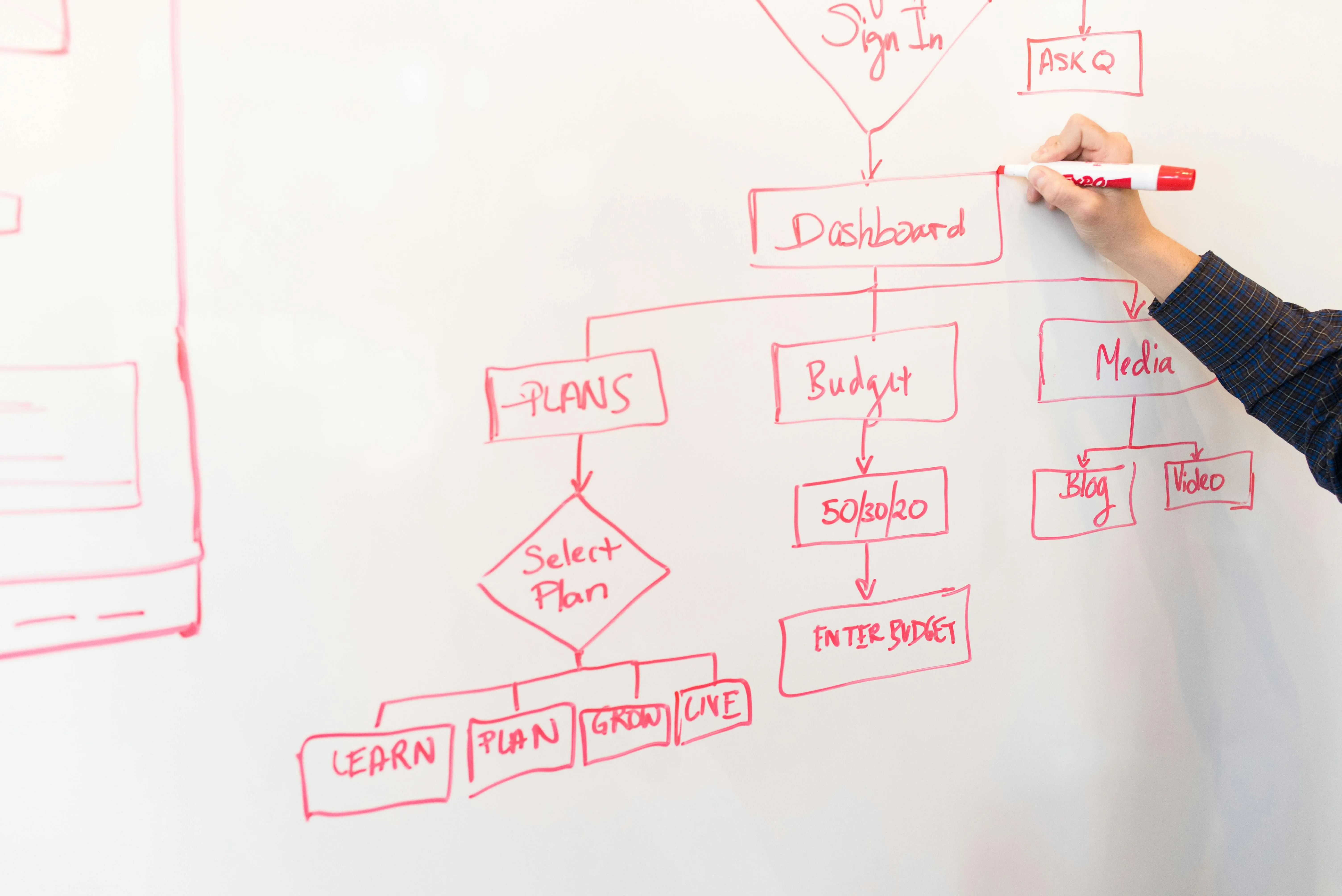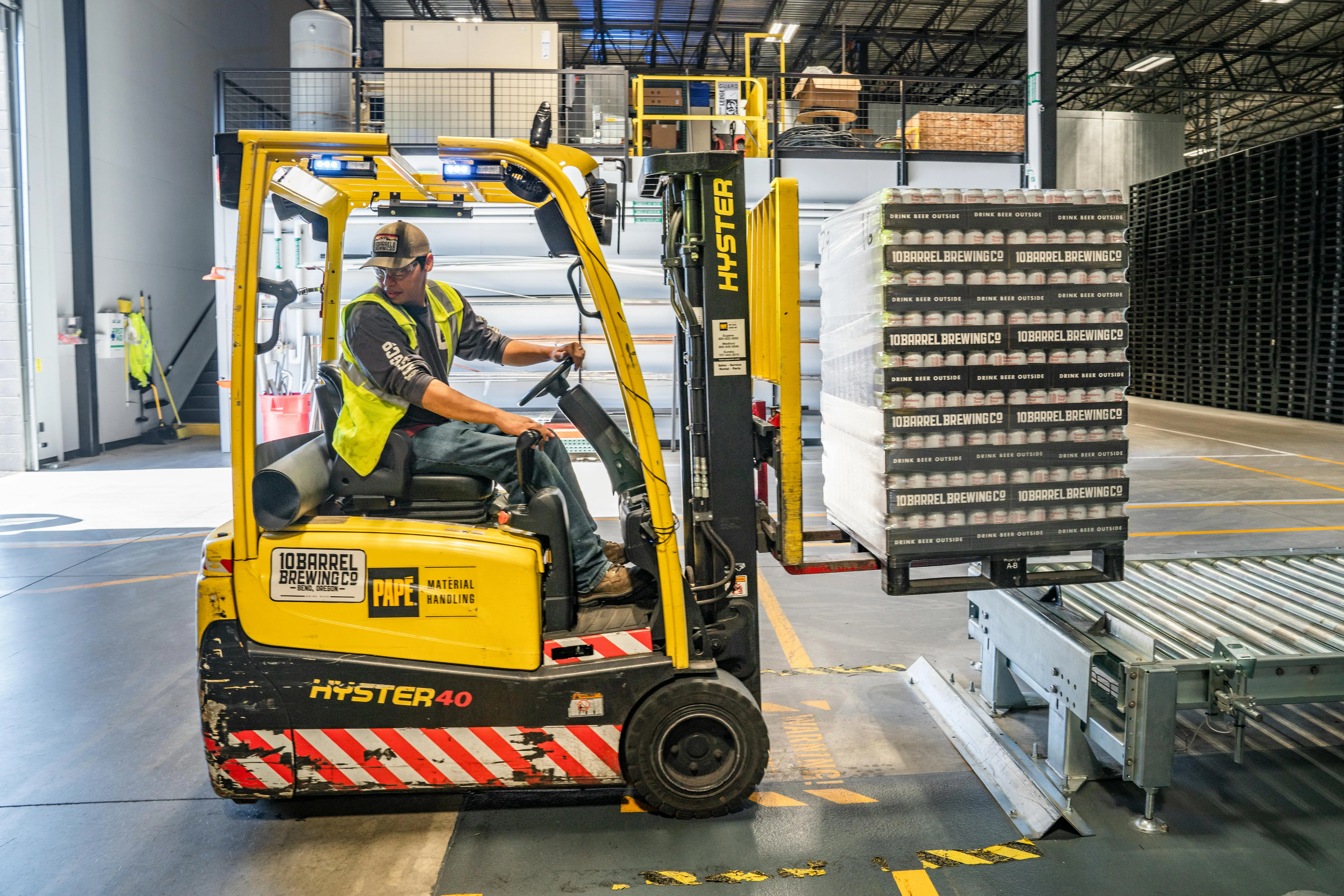Enhancing Support with HubSpot’s Help Desk Workspace
HubSpot’s Help Desk Workspace centralizes tickets, automates routing, and ties support cases to CRM records to reduce response times and lower cost-to-serve. Properly configured, it enables measurable improvements — for example, faster first responses and fewer escalations within two quarters — while preserving visibility for sales and product teams.

HubSpot’s Help Desk Workspace centralizes tickets, automates routing, and ties support cases to CRM records to reduce response times and lower cost-to-serve. Properly configured, it enables measurable improvements — for example, faster first responses and fewer escalations within two quarters — while preserving visibility for sales and product teams.
Enhancing Support with HubSpot’s Help Desk Workspace
Adopting a single workspace for support eliminates the fragmentation that causes slow responses, duplicated effort, and missed SLAs. HubSpot’s Help Desk Workspace combines ticket pipelines, SLA enforcement, knowledge base, and CRM linkage in one interface; when deployed with clear routing rules and basic automations, teams can cut average first response time and overall resolution time while improving customer satisfaction. The key is to treat implementation as operational change — align pipelines with service levels, train agents on playbooks, and measure outcomes weekly to drive continuous improvement.
Case in point
A 50-person B2B software company faced a support backlog averaging 420 open tickets and a mean first response time of 12 hours. Tickets originated from email, in-app widgets, and sales handoffs; the support team lacked consistent routing and manual triage consumed 35% of agent time. The company configured HubSpot’s Help Desk Workspace over an eight-week project: they created three ticket pipelines (Critical, Standard, Low), implemented skill-based routing using ticket properties, and enforced SLAs with automated escalation after four business hours for Critical issues.
Within the first quarter after launch, first response time dropped from 12 hours to 4.5 hours (a 62% reduction) and backlog fell to an average of 160 open tickets as automation redistributed work and standardized triage. The team introduced five canned response templates and a public knowledge base; macros reduced average handling time by 18%, and self-service deflection accounted for 14% of inbound volume by month three. Product and sales visibility improved because tickets were linked to HubSpot company and deal records, reducing duplicate outreach and eliminating 10% of unnecessary escalations.
A second example: a managed services provider with a 24/7 support requirement used HubSpot to enforce business hours, set separate SLAs for nights and weekends, and deploy an on-call rotation. Automated alerts to on-call engineers cut after-hours resolution delays by 40% and reduced SLA breaches from 9% to under 2% within two months, measurable through HubSpot’s custom reporting.
What to implement / Recommendations
• Audit current ticket sources and map them to no more than three ticket pipelines before configuring HubSpot.
• Define SLA thresholds in business hours and configure automated escalations for each pipeline.
• Use ticket properties (issue type, priority, product line) to enable skill-based routing and avoid manual triage.
• Create 6–10 reusable response templates and tie them to ticket workflows to reduce handling time.
• Publish a prioritized knowledge base covering top 20% of issues that generate 80% of volume and link articles to automated replies.
• Integrate tickets with CRM contact and company records so agents see recent deals, billing status, and product versions.
• Build a live dashboard that shows SLA breaches, first response time, resolution time, and backlog by pipeline updated daily.
• Run a two-week pilot with a subset of agents, measure impact, then roll out changes with one-hour weekly coaching sessions.
For owners evaluating investments
HubSpot licensing tiers vary: evaluate whether Starter/Service Hub Pro covers required automation and reporting, or if Enterprise is necessary for advanced routing and playbooks; savings on cost-to-serve typically offset the upgrade within 6–9 months for mid-sized teams. Implementation cost should be seen as operational change — allocate budget for 2–4 weeks of admin work plus 20–40 hours of agent training to capture low-hanging ROI.
Prioritise integrations that reduce context-switching (e.g., linking billing or product telemetry) over cosmetic UI changes; a modest spend on clean ticket properties and workflows yields faster measurable outcomes than complex custom code. If compliance or 24/7 SLAs are critical, factor in after-hours monitoring and possible third-party escalation tools as a tradeoff to minimize SLA breaches.
Expected outcome
Teams can expect a measurable reduction in first response time (commonly 30–60% within two quarters) and a 15–25% decrease in average handling or resolution time after implementing templates and routing. Cost per ticket typically falls as agents spend less time on triage and rework, improving margin on support operations.
Customer satisfaction and retention show parallel gains: reducing response time and SLA breaches often raises CSAT or NPS by 2–6 points within three to six months, and fewer escalations preserve account revenue by preventing churn related to unresolved issues. Ongoing monitoring and quarterly process reviews ensure these benefits persist rather than erode.
Enjoyed the article? Follow our LinkedIn newsletter for more insights — subscribe here.








